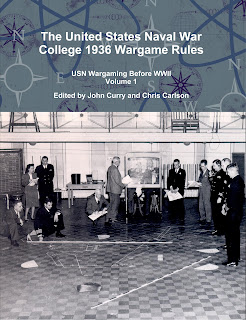Stuart Asquith is a key contributor to the development of
modern hobby of wargaming. His extensive work included editing Practical
Wargamer for 12 years, authoring over twenty books and editing many more. This
book focuses on one of the Stuart Asquith’s key interests, 17th
century warfare.
This book aims to bring together some of Stuart Asquith’s
work, focussed on this era. Other books in the series cover his writing on
other wars. The book has 20 scenarios for wargamers including:
Edgehill (1642) The Storming of Brentford (1642)
The Battle of Lansdowne (1643) Roundway Down (1643)
The First Battle of Newbury (1643)
The Relief of Newark (1644)
Cropredy Bridge (1644)
Marston Moor (1644)
The Battle of Nasby (1645)
Dunkirk (1658)
Medway (1667)
Drumclog (1679)7
The Battle of Sedgemoor (1685)
Of course, the book would not be complete without a set of classic
‘Old School’ wargaming rules. The obvious choice was Terry Wise’s popular
wargaming rules for the English Civil War and the Thirty Years War circa
1618-1651.
This work is published as part of The History of Wargaming
Project range of books that aim to document the development of wargaming. 
